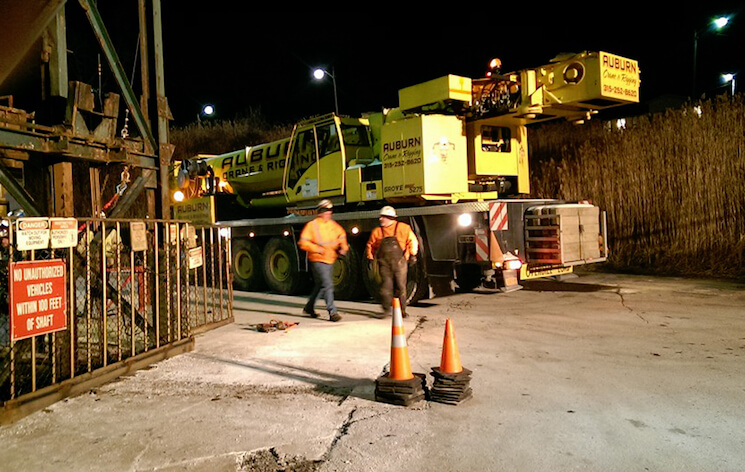The labor share, the ongoing recovery, and structural forces

Usually when the government announces new data on the growth of the overall U.S. economy, the attention of the press and analysts jumps to the level of economic growth. But last week, their attention turned to the distribution of growth. On Friday morning, the U.S. Bureau of Economic Analysis released data on economic growth for the last quarter of 2015 and the figures on corporate profits for the whole year. The data show that the share of income going to wages increased over the course of 2015 and is now 1.6 percentage points above its post-recession low point in 2012. The labor share of income seems to be on the upswing.
Why is this happening? Dean Baker of the Center for Economic and Policy Research says it’s a sign of a tightening labor market. As the U.S. labor market tightened up, wages rose and the share of income going to wage earners increased as the share going to profits declined. Baker also takes this as an incredibly important cue for monetary policy moving forward: Further tightening by the Federal Reserve would either slow down or stop this trend.
Picking up where Baker left off, Jared Bernstein of the Center on Budget and Policy Priorities points out that the level of the wage share is also an important consideration when the central bank thinks about the health of the labor market. As Bernstein writes, Federal Reserve Chair Janet Yellen has laid out some criteria for how strong wage growth can get before it starts pushing up on inflation. Add the Fed’s inflation target (2 percent) to the pace of labor productivity growth (about 1 percent these days) and you get a non-inflationary wage target of about 3 percent.
But that assumes you want to keep the labor share of income constant. If we want labor to reclaim some of the income it lost during the recession, then wage growth should stay above the 3 percent target for some time. The high levels of income going to profits may also mean that inflation wouldn’t pick up that much if wage growth surpassed productivity growth. That could explain why wage growth doesn’t seem to turn into inflation as strongly as it did in the past.
Along with thinking about the decline in the labor share since the Great Recession, we should also consider its structural decline since 2000. Perhaps the Federal Reserve (or fiscal policymakers if they want) should allow the economy to run hot for a while, shifting income back to wages. But there’s considerable evidence that there are other reasons for a declining labor share besides a weak overall economy. It may be technological change, globalization, or increased concentration of businesses—we’re not sure yet. So letting the economy run hot might trigger much higher inflation than the Federal Reserve would like.
But such a conundrum would probably only happen once the labor share losses from the Great Recession are reversed. And the Federal Reserve seems unlikely to let inflation even peak over 2 percent, so such a shift would swiftly be ended. But in thinking about optimal policy, it’s still worth thinking about and figuring out how much of the decline in the labor share could be solved with a hotter economy.

